As the warmth of spring breathes life into gardens, it’s the perfect time to prepare the soil for the flourishing beauty that lies ahead. Whether planning to plant Quercus Palustris (Pin Oak), Fraxinus 'Urbanite' (Urban Ash), or Cercis canadensis 'Forest Pansy, the foundation of your garden's success begins beneath the surface. Improving soil quality before planting ensures trees thrive, delivering vibrant growth and enduring health. This guide will explore four essential tips for enhancing soil quality, focusing on amending with organic matter and improving drainage. Let’s dig in!
1. Amend Soil with Organic Matter
Healthy soil is teeming with life, from earthworms to beneficial microbes, all working together to create a nutrient-rich environment for your plants. Organic matter is the key to fostering this vibrant ecosystem.
Why Organic Matter Matters
Organic matter, such as compost, well-rotted manure, or leaf mold, enriches the soil by improving its structure, moisture retention, and nutrient content. It also encourages beneficial microbial activity, which is vital for separating nutrients into forms that plants can absorb.
How to Incorporate Organic Matter
- Compost: Spread a 2-3 inch layer of compost over the soil and mix it into a depth of about 6-8 inches. This ensures that the organic material is well-integrated into the soil, where it can do the most good.
- Green Manure: Plant cover crops like clover or alfalfa during the off-season. When turned into the soil, they decompose and add valuable organic matter.
- Mulching: Apply a thick layer of organic mulch around your trees to slowly incorporate organic matter into the soil as it breaks down.
Tip: When planting Quercus Palustris (Pin Oak), known for its deep root system, ensure the organic matter is evenly distributed to promote healthy root growth.

2. Improve Soil Drainage
Good drainage is essential to prevent waterlogging, which can suffocate roots and lead to root rot. Poor drainage can be a particular concern in clay-heavy soils, which tend to retain water.
Assessing Soil Drainage
Before planting, it’s important to assess the drainage of your garden. Here’s how:
- Percolation Test: Dig a hole about 12 inches deep and fill it with water. If the water takes more than 24 hours to drain, your soil has poor drainage.
- Visual Check: After a rain, inspect your garden for standing water. Puddles that linger for days are a clear sign of poor drainage.
How to Improve Drainage
- Raised Beds: Build raised beds to elevate your plants above poorly draining soil. This method is especially useful for trees like Fraxinus 'Urbanite' (Urban Ash), which prefers well-drained soil.

- Sand and Gravel: Mixing coarse sand or gravel into the soil can help improve its drainage. However, be cautious with the amount, as too much can cause the soil to dry out quickly.
- Drainage Channels: In areas prone to waterlogging, consider installing drainage channels or French drains to redirect excess water away from your planting area.
Tip: Cercis canadensis 'Forest Pansy' thrives in well-drained soils, so ensuring proper drainage is critical to avoid water-related stress.

3. Test and Balance Soil pH
Soil pH plays a significant role in a plant's ability to absorb nutrients. Most trees prefer a slightly acidic to neutral pH (6.0-7.0). However, certain species have specific pH requirements.
Testing Soil pH
Testing your soil’s pH is simple. You can use a home testing kit or send a sample to a local extension service. Understanding your soil’s current pH will guide you in making necessary adjustments.
Balancing Soil pH
- For Acidic Soil: If your soil is too acidic (pH below 6.0), add lime to raise the pH. Lime should be applied according to the specific needs of the soil and tree species.
- For Alkaline Soil: If your soil is too alkaline (pH above 7.0), incorporate elemental sulfur or aluminum sulfate to lower the pH.
Tip: Quercus Palustris (Pin Oak) thrives in slightly acidic soils. If your soil’s pH is too high, amending it will ensure optimal growth.
4. Consider Soil Structure and Aeration
The structure of your soil, or the arrangement of its particles, directly impacts root growth. Compacted soil can restrict root expansion and reduce oxygen availability.
Improving Soil Structure
- Aeration: Aeration is crucial for compacted soils. You can aerate the soil using a garden fork to create holes and allow air, water, and nutrients to penetrate more deeply.
- Soil Conditioning: Adding organic matter, as discussed earlier, helps to improve soil structure naturally. The humus from decomposing organic material binds soil particles into aggregates, enhancing soil porosity.
Tip: Trees like Fraxinus 'Urbanite' (Urban Ash) benefit from well-aerated soil, allowing their roots to expand and establish.
FAQs
Q1: How often should I amend my soil with organic matter?
A: Ideally, you should amend your soil annually before planting or as part of your seasonal garden preparation.
Q2: Can I improve drainage in already established planting beds?
A: Yes, you can gradually improve drainage by carefully working sand, gravel, or organic matter into the top layers of the soil.
Q3: What’s the best time to test and adjust soil pH?
A: Late fall or early spring is the best time to test and amend soil pH, allowing changes to occur before planting.
Conclusion
Improving soil quality before planting is a fundamental step in ensuring the long-term success of your garden. By amending soil with organic matter, enhancing drainage, balancing soil pH, and improving soil structure, you set the stage for healthy, vigorous growth. Whether you’re planting a majestic Quercus Palustris, a resilient Fraxinus 'Urbanite', or the striking Cercis canadensis 'Forest Pansy', these practices will help your trees thrive, transforming your garden into a vibrant, flourishing landscape.
Remember, a garden’s beauty begins with the soil. With these tips, your spring garden preparation will pave the way for a season of abundant growth and breathtaking blooms. Happy planting!




























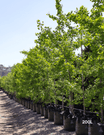




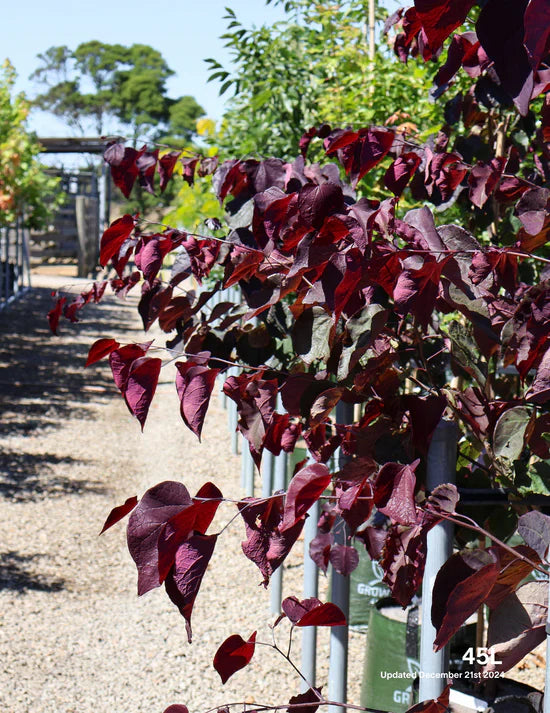
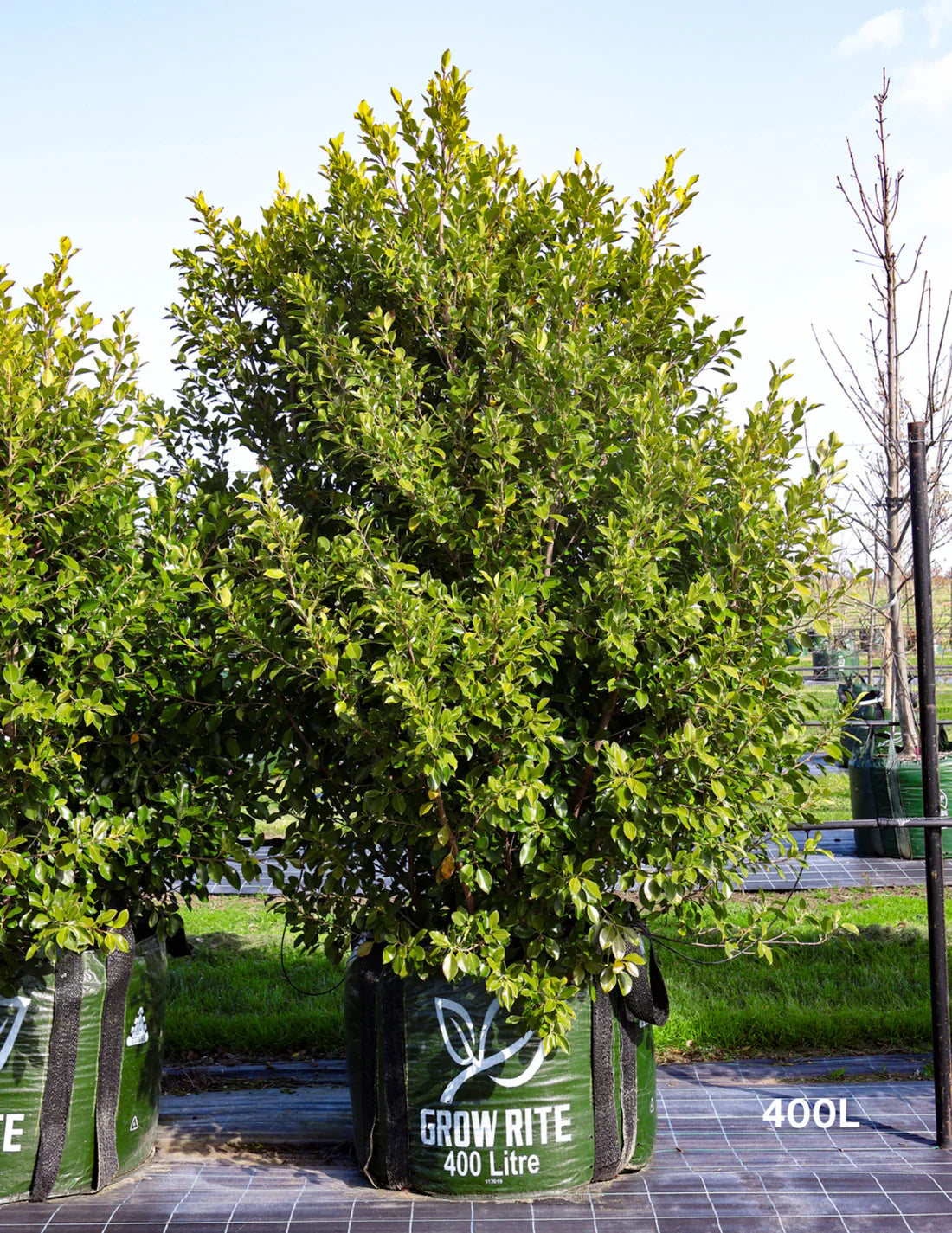
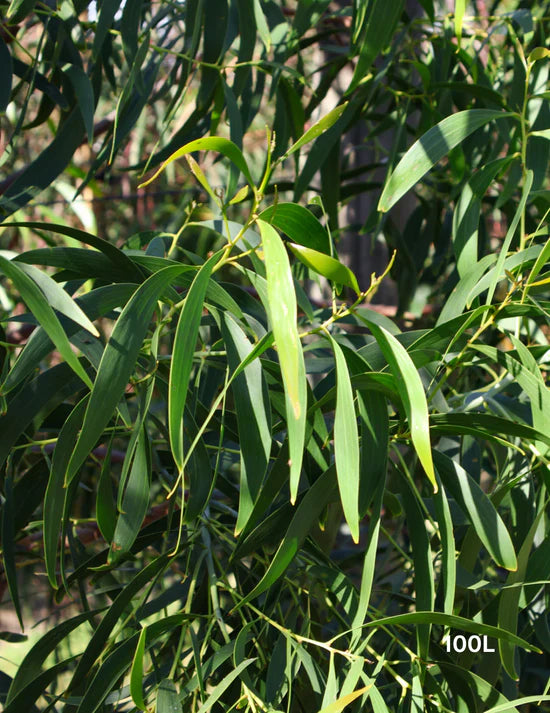
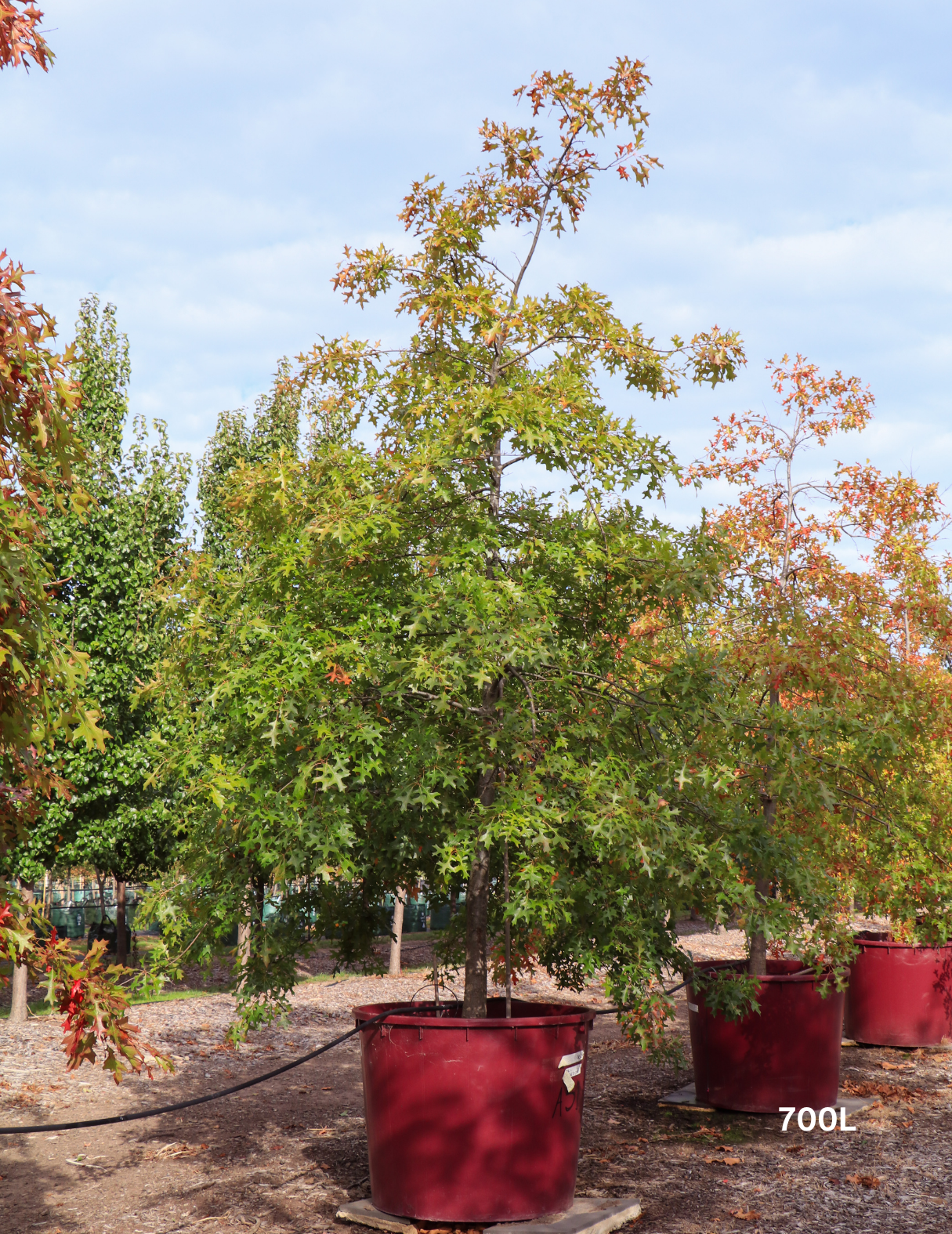





Leave a comment
This site is protected by hCaptcha and the hCaptcha Privacy Policy and Terms of Service apply.